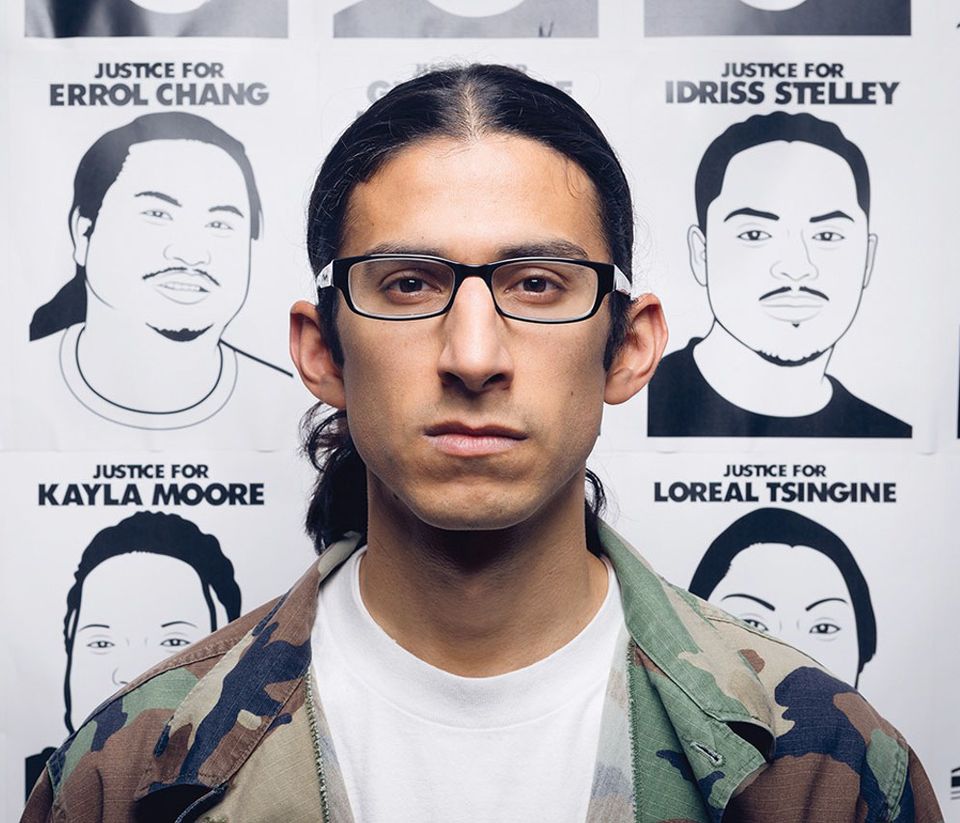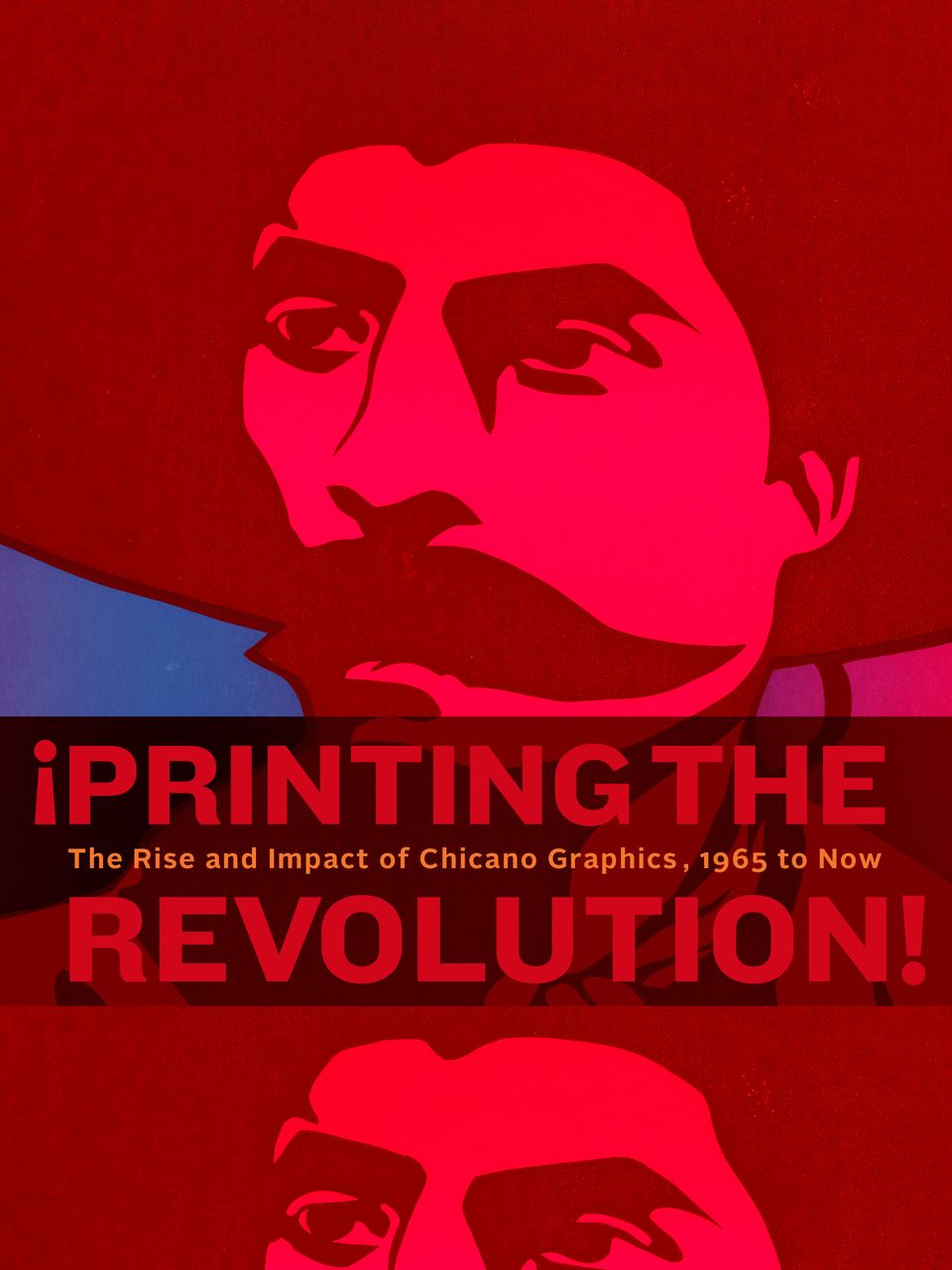Artist
Oree Originol
born Los Angeles, CA 1984
Works by this artist (1 item)
Related Books
Related Posts
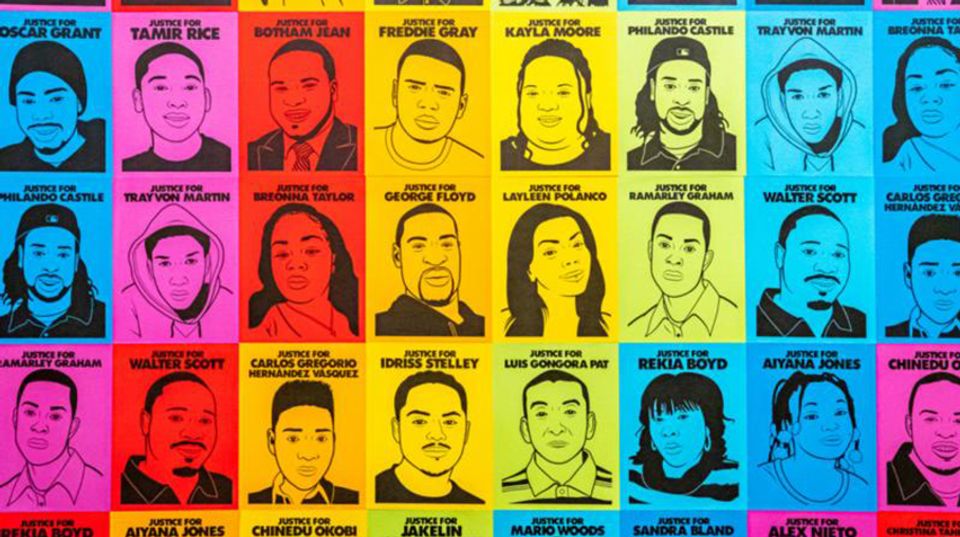
Artists honor victims of social injustice and create a space for communal grieving
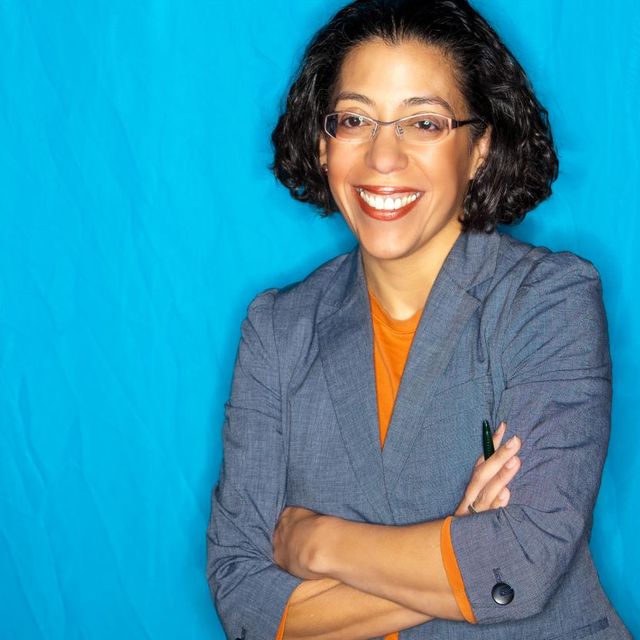
E. Carmen Ramos
Former Curator of Latinx Art
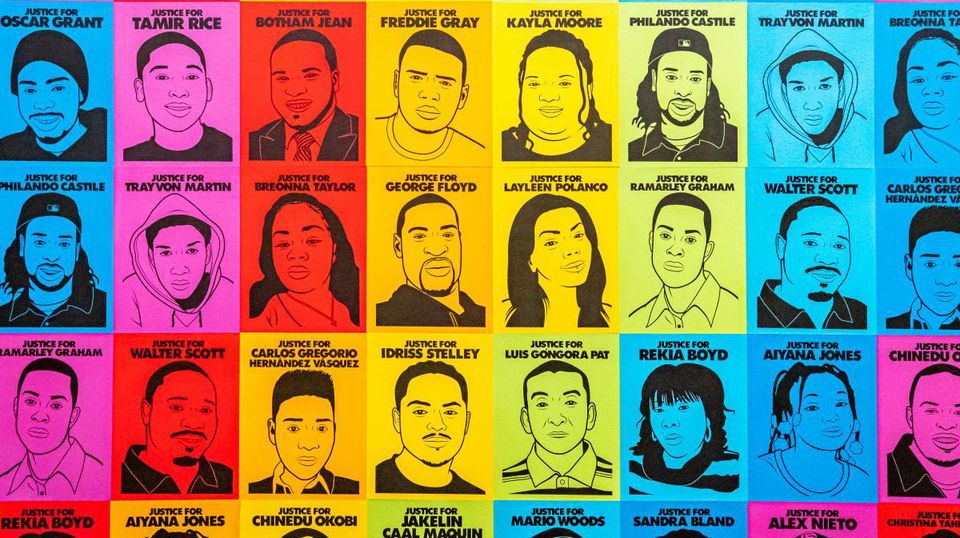
Exploring how Chicanx artists continue to use graphic arts as a response to issues of the time

E. Carmen Ramos
Former Curator of Latinx Art

Claudia Zapata
Former Curatorial Assistant of Latinx Art
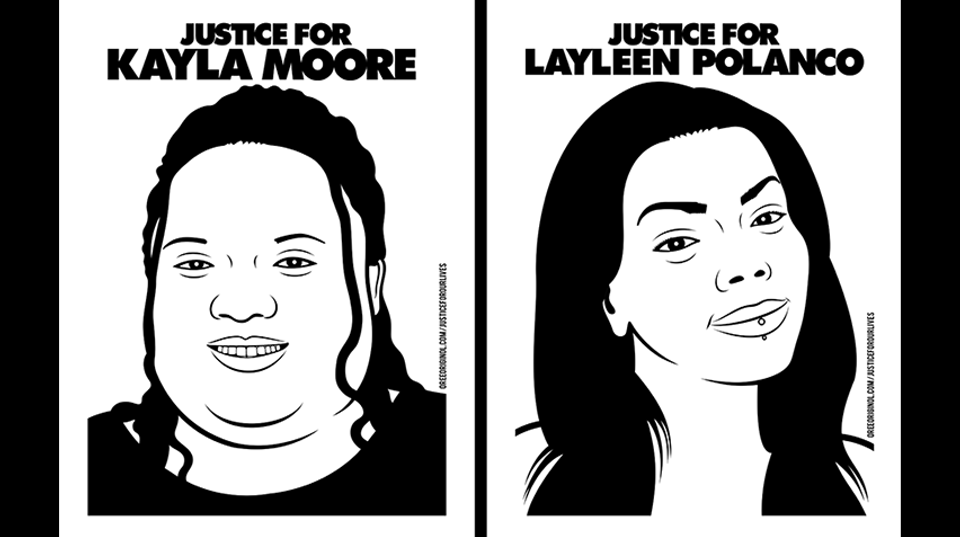
Artists in ¡Printing the Revolution! explore pressing issues of the LGBTQ+ community

Claudia Zapata
Former Curatorial Assistant of Latinx Art














